July 8, 2024 | 10:18 GMT +7
July 8, 2024 | 10:18 GMT +7
Hotline: 0913.378.918
July 8, 2024 | 10:18 GMT +7
Hotline: 0913.378.918
Con Ngang is a geographical area characterized by a flat and low-lying terrain that is prone to flooding. It is located downstream of the Tien river, near the South China Sea, in the Phu Tan commune of the Tan Phu Dong district, within the Tien Giang province. Recently, the area near the floodplain has seen significant erosion as a result of various factors. The erosion of the route ranges from 20-40 meters per year, causing negative impacts on both agriculture and people's livelihoods. Several protective forest land areas, together with infrastructure facilities and roads, were devastated.
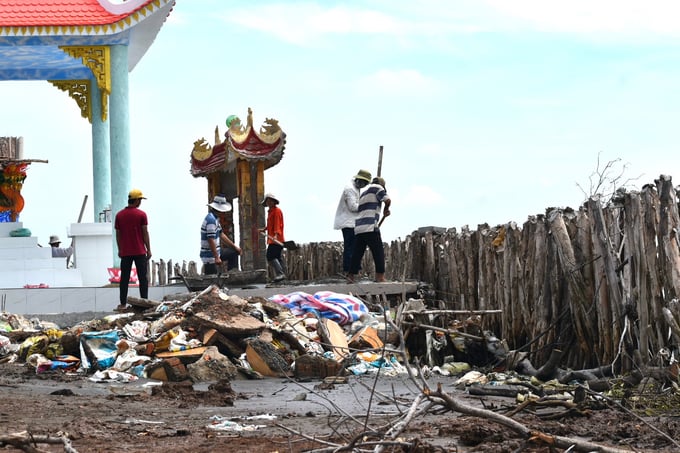
Erosion encroaches deep into a temple in Con Ngang. Photo: Minh Dam.
Several communities express sadness as their 8 hectares of land, previously utilized for fish, shrimp, and crab cultivation beneath the forest cover that provides their livelihoods, have been degraded by waves. To address the crisis, starting in 2022, the Construction Investment Project Management Board of Agriculture and Rural Development in Tien Giang province was tasked with carrying out the Con Ngang landslide protection embankment project. The total investment for this project amounts to 238 billion USD. The Southern Institute of Water Resources Research oversees and plans the project.
The construction structure consists of a hollow cylinder breakwater made of reinforced concrete building components that are put offshore and connected to the breakwater line. The inner breakwater employs TC1 wave reduction components, while the outer breakwater utilizes TC2 wave reduction components to diminish the forces exerted by waves.

Relevant authorities and local government survey the project for constructing a breakwater at Con Ngang. Photo: Minh Dam.
The components are positioned above a base made of tram pegs and geotextile fabric to avoid sinking. A layer of gravel is added to provide a level surface and enhance stability by increasing friction during component installation. Rubblestone is strategically positioned both in front of and behind the structure to safeguard the structure's foundation against erosion caused by reflecting waves. Additionally, this placement reinforces stability by preventing sliding and overturning of the wave reduction components.
The breakwater is constructed using reinforced concrete blocks that are hollow and structured. These blocks are assembled into a dike line placed offshore to reduce the impact of waves. In addition to this, there are auxiliary structures that prevent erosion and aid in the formation of beaches. This allows the local community to continue planting and restoring protective forests behind the dike. The overall goal is to create a sustainable ecosystem that can adapt to climate change and mitigate natural disasters.
The project spans a total length of 6.8 kilometers and is divided into four sections. By the end of December of the previous year, two sections had been finished, while the remaining two are currently in the final phase and are expected to be completed by October of this year.
Following a period of observation, the wave reduction dike technology in Tien Giang has demonstrated promising effectiveness. In the Con Cong area, Tan Thanh beach, and this project, the wave reduction dike has caused sediment accumulation, resulting in the formation of beaches and the slow restoration of forest belts.
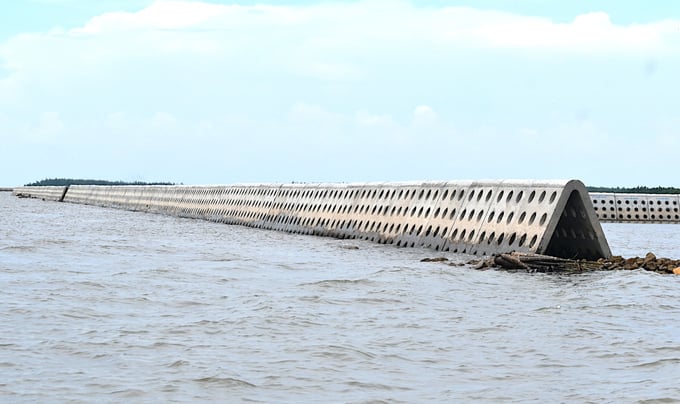
A breakwater made of hollow reinforced concrete components assembled offshore to form a wave reduction line. Photo: Minh Dam.
According to Mr. Tran Cong Danh, the Chairman of the People's Committee of Phu Tan commune, the residents of Phu Tan commune, particularly those in Con Cong hamlet, have been significantly impacted by climate change in recent years. This has been particularly pronounced in Con Ngang, which used to be a land area formed by sedimentation.
Erosion has resulted in the loss of about 150 hectares of land belonging to more than 20 households. Tien Giang province has made an investment in constructing a dike to mitigate wave impact, thereby facilitating economic development for the affected residents, as per the local government's suggestion and the residents' requirements. According to Mr. Danh's assessment, the dike has been invested in and is currently highly effective.

The completed project areas have contributed to the restoration of the forest ecosystem. Photo: Minh Dam.
Wave attenuation barriers and sediment deposition are highly effective in mitigating erosion in coastal and river estuary regions, particularly in generating areas of sediment accumulation for reforestation purposes. This strategy has been effectively implemented in Tien Giang province as well as in several coastal provinces within the Mekong Delta region.
According to Mr. Le Xuan Tu, a representative from the Southern Institute of Water Resources Research, the organization has carried out extensive research in the Con Ngang area to suggest appropriate structures that can reduce the impact of waves while still allowing water and sand to flow through, leading to the accumulation of sediment.
This, in turn, creates favorable conditions for the growth and development of mangrove plants. In regions characterized by substantial wave activity, more weighty components will be employed.
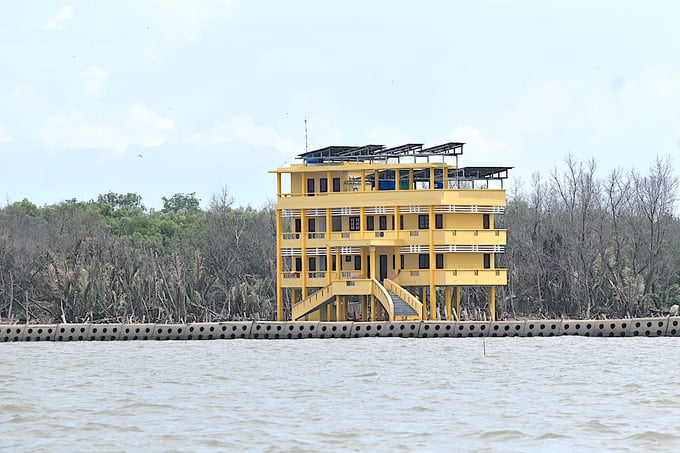
The Border Guard Station office building is protected within the hollow dike. Photo: Minh Dam.
Significantly, the development process of this project encountered numerous challenges as a result of the powerful influence of the Northeast monsoon, characterized by large waves and high winds. Nevertheless, via diligent exertion, the construction team capitalized on favorable weather conditions to expedite the project's advancement with exceptional quality, so guaranteeing its compliance with the prescribed design requirements.
Upon project completion, the Project Management Board will persist in recommending that both central and provincial authorities allocate funds for a 3.5 km connecting stretch between Con Cong and Con Ngang. The proposed investment for this segment is approximately VND 150 billion, aimed at addressing the erosion issues in the vulnerable area of Con Ngang.
According to Mr. Nguyen Dam Thanh Tuyen, the Director of the Project Management Board for Agricultural and Rural Development Construction Projects in Tien Giang province, investing in this segment would result in the complete enclosure of the entire Con Ngang system, ensuring comprehensive coverage.
The project spans a total length of 6.8 kilometers and is divided into four distinct packages. The stretches from K3+775 to K6+000 and from K0+000 to K2+100 were finished by the end of December 2023. The segment from K2+100 to K3+775 has achieved a completion rate of nearly 95%. The construction team is currently prioritizing the completion of this section in order to meet the requirements of the agreed contract and have it operational by July 2024.
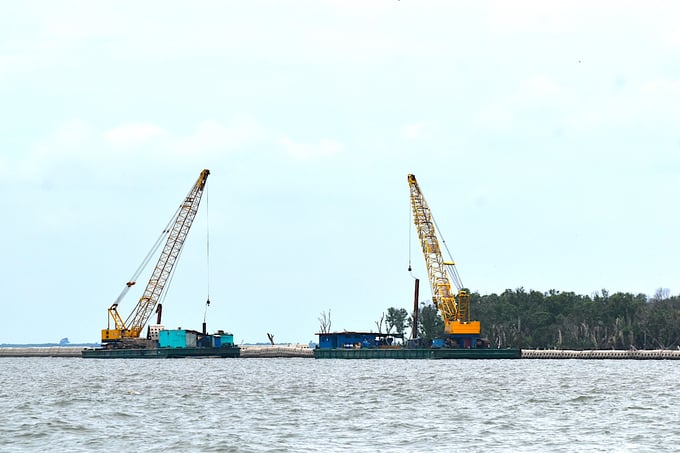
The construction unit is focusing manpower and resources to accelerate the progress of the project. Photo: Minh Dam.
The current progress rate for the construction package, commencing from the project's inception to the Khe Luong Sau canal, is at approximately 67%. The construction team is currently focusing its human resources and machinery on carrying out the construction project. The anticipated deadline for the delivery of this package is October 31st, 2024. Nevertheless, the contractors are making efforts to accelerate the process to achieve completion by July 2024.
Translated by Linh Linh
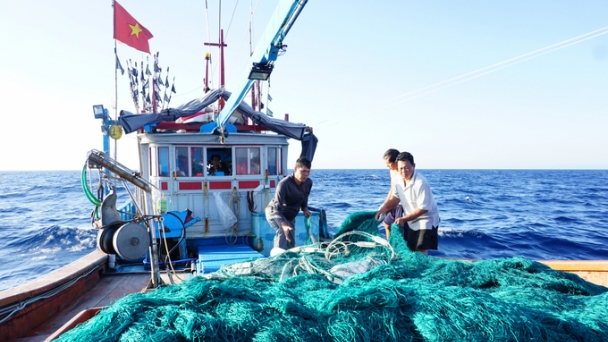
(VAN) From the beginning of 2024 until now, Khanh Hoa province has actively and decisively implemented many solutions to combat IUU fishing and achieved some positive results.

(VAN) Ensuring environmental sanitation is crucial for preventing and treating skin diseases in pets. However, Vietnam has not yet fulfilled this requirement.
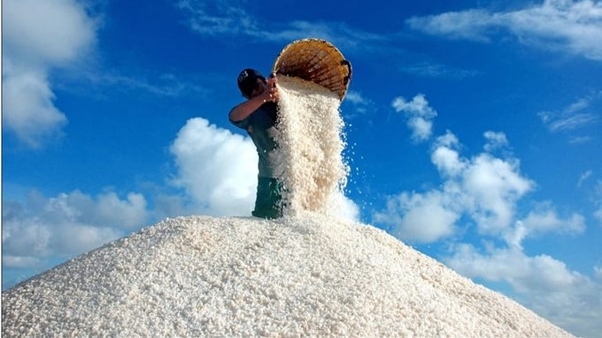
(VAN) On July 5 afternoon, Bac Lieu province organized a press conference to provide periodical press information for the second quarter of 2024 and information about the Vietnam Salt Industry Festival – Bac Lieu 2024.
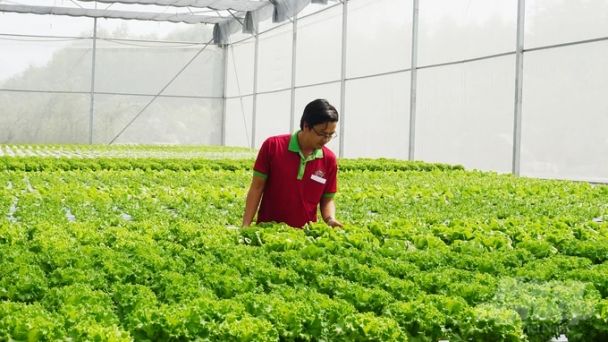
(VAN) Ho Chi Minh City aims for 75-85% of high-tech agriculture to account for the total value of agricultural, forestry, and fishery production.
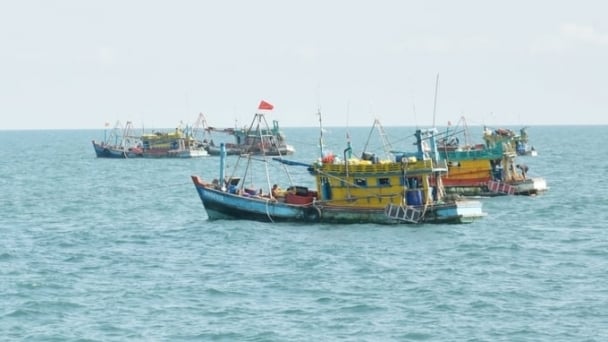
(VAN) On the afternoon of July 5, the Fisheries Surveillance reviewed the anti-IUU work of the first half and implemented tasks for the second half of 2024.

(VAN) Each year, Long Khanh A shawl weaving village supplies nearly 2 million bandanas of all kinds to the market. The scarves are sold to domestic and foreign markets.
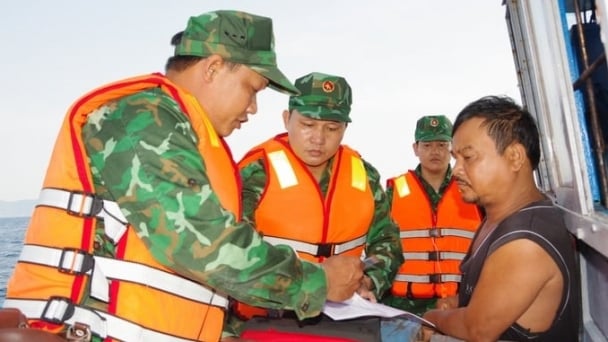
(VAN) Despite being very drastic in preventing fishing vessels from violating foreign waters, the 'picture' of combating IUU fishing in Binh Dinh still has dark color patches.